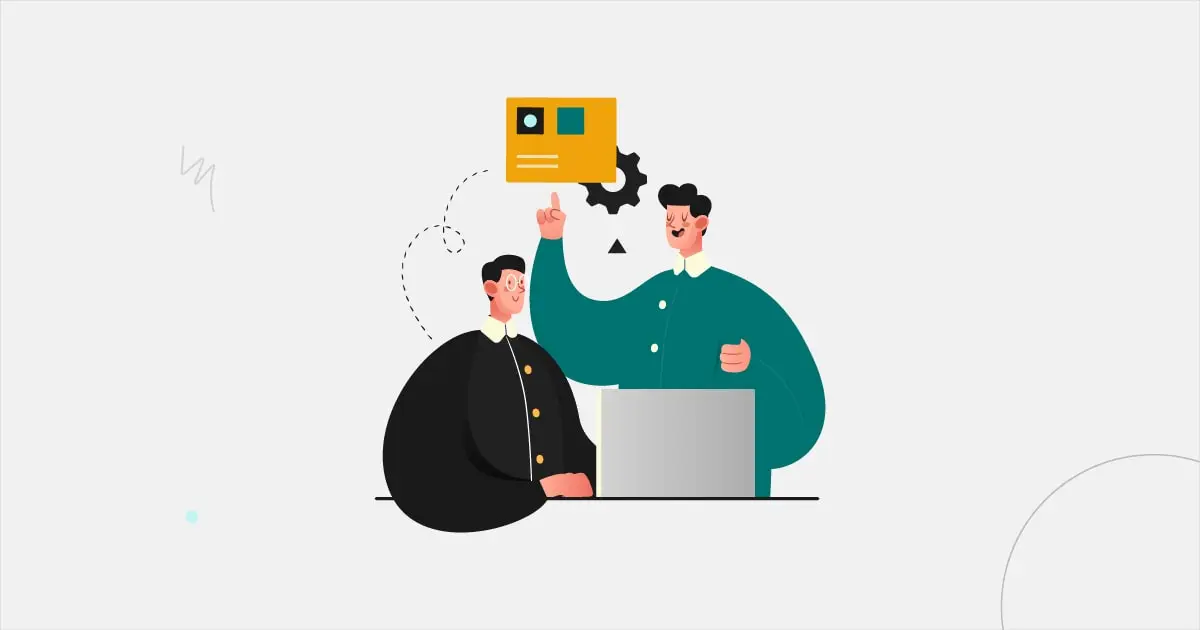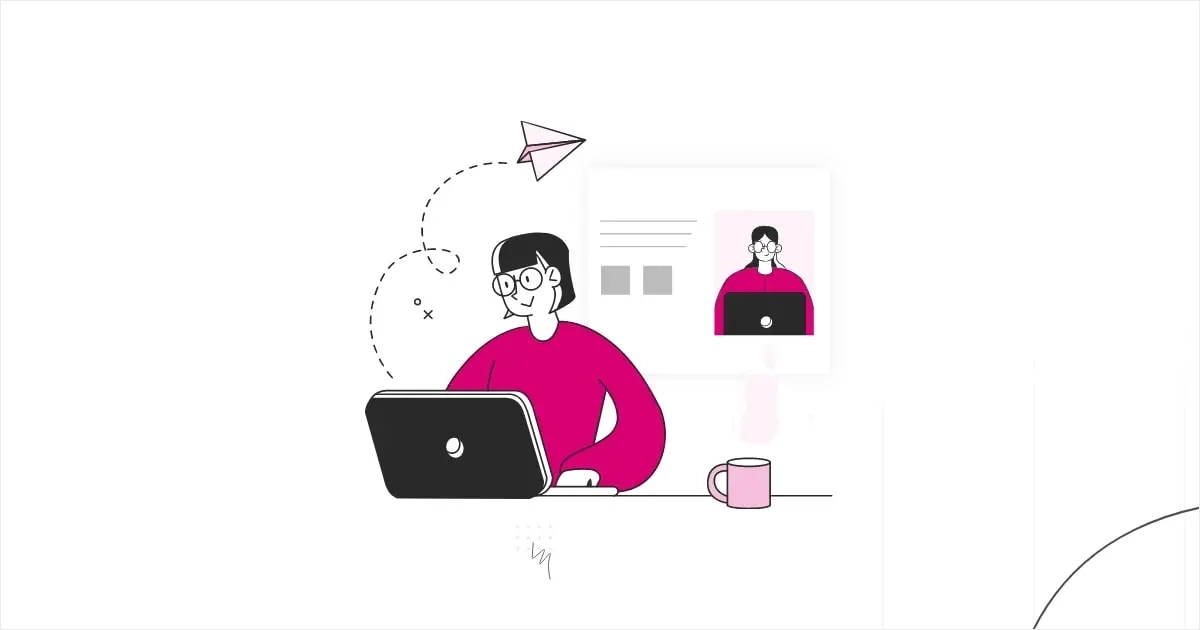Simply selling a product or service is no longer enough; businesses must empower their customers with the knowledge and tools they need to get the most out of their offerings. In this podcast, Adriano Lanzilotto, VP of Learning and Development at FM Global, discusses a unique approach to training by focusing on educating their clients with Nolan Hout, Senior Vice President of Infopro Learning. Originally a chemical engineer, Adriano transitioned into insurance, where he evaluated risks at client plants and educated local management on mitigation strategies. The key takeaway is the emphasis on addressing the human element in risk management, considering emotions and biases. They use real disaster videos and tailored seminars to communicate effectively. Adriano sees AI and the metaverse as exciting future possibilities in the field of learning.
Listen to the Podcast to learn more:
Question:
Is there something about the human element you gravitate to, or must you learn that?
Question:
What are some of the things you’ve done to convince them otherwise?
Expert profile:

Adriano Lanzilotto
Adriano Lanzilotto holds the position of Vice President for Client Learning and Development at FM Global. In this role, he oversees educational programs related to loss prevention and risk management for insured clients and partners. Additionally, he focuses on enhancing the client learning experience at FM Global Learning Centers. Adriano has been with the company since 2000 and has held various positions, including account engineer and manager. Before joining FM Global, Adriano worked as a process engineer in Italy’s pharmaceutical and chemical industry. He holds a master’s degree in chemical engineering from the Politecnico of Torino, Italy’s oldest technical university, and is also a Chartered Insurer (ACII) certified by the Chartered Insurance Institute.

Nolan Hout
Nolan Hout is the Senior Vice President at Infopro Learning. He has over a decade of experience in the L&D industry, helping global organizations unlock the potential of their workforce. Nolan is results-driven, investing most of his time in finding ways to identify and improve the performance of learning programs through the lens of return on investment. He is passionate about networking with people in the learning and training community. He is also an avid outdoorsman and fly fisherman, spending most of his free time on rivers across the Pacific Northwest.
An excerpt of the discussion follows:
Nolan:
Hello and welcome to the Learning and Development Podcast sponsored by Infopro Learning. As always, I’m your host, Nolan Hout.
Today, a very interesting guest is joining us: Adriano Lanzilotto, the Vice President of Learning and Development at FM Global.
My conversation with Adriano fascinates me because his background and current role don’t fall into what most people call traditional corporate training.
Instead, much of his focus is on educating the customers of FM Global. While differences do exist, there are many parallels that we explore today. To avoid giving away the entire podcast in the summary, let’s go ahead and meet our guest.
Hello Adriano. Welcome to the podcast.
Adriano:
Thank you, Nolan.
Nolan:
I’m happy to have you on today, mostly because you add a unique perspective. Many of the guests on our podcasts are focused on internal employee training of clients or for their own companies. In contrast, you have a unique perspective of focusing more of your learning and training efforts on actually educating an external audience, your customers and clients.
I find your background and how you entered this field quite fascinating. It’s a journey we all have in common, and it reminds me of the diverse paths our podcast guests have taken. It’s like tracing the growth of a tree with its numerous branches, twists, turns, and leaps forward.
So, I’d like to begin by delving into your career further. Today, you hold the VP of Client and Learning Development position, but your journey hasn’t always been in that role.
Can you tell us a little bit about your journey?
Adriano:
I’m currently employed in the insurance industry, specifically in service management. I work for FM Global, an American mutual insurance company. My insurance journey was somewhat lucky, as I initially pursued a career in chemical engineering, graduating in 1996. I began working in the chemical industry in Italy, but the daily routine of manufacturing engineering and working with tanks wasn’t fulfilling.
My transition into the world of insurance occurred when I joined FM Global. They sought engineers to assess risks at client plants and educate local management on risk mitigation strategies. This led me to become what’s known as a consultant engineer or field engineer, and I’ve built my career in this field ever since. I eventually delved into the intricacies of insurance, including policies, contracts, premiums, and more.
Recently, I ventured into the realm of learning and development within the same company. FM Global has an internal training structure called the FM Global Academy, which caters to employees and clients. My role primarily focuses on providing educational content to insured clients, typically those responsible for plant operations and risk management.
We equip them with prevention techniques to safeguard against fires, floods, and hurricanes and ensure their plants can quickly resume operations after significant events. Additionally, we offer training on insurance policies and other risk management-related subjects to risk managers and insurance professionals within our clients’ corporate offices.
My foray into learning and development has been relatively recent, spanning about a year, and I’m still considered new in this field. However, I’m eager to leverage my engineering and underwriting background to contribute to the dynamic world of learning and development, which I find utterly fascinating.
Nolan:
The question I had, you know, was related to the idea lingering in my mind. It’s about engineers and how I’ve been thinking about venturing into that field. You mentioned how you initially explored chemical engineering and doubted whether it was the right fit for you. Then, if I were to pursue a career path entirely different from engineering, I would gravitate towards learning and development, particularly in the realm of training.
It’s intriguing to me because it involves the human element, and as you mentioned, humans are inherently unpredictable and not easily measurable. As you can relate, this aspect can be daunting, especially for engineers. You mentioned having some interest in this area earlier, and now you’re revisiting it. Can you share more about your experiences in this regard?
Is there something about the human element you gravitate to, or must you learn that?
Adriano:
We have consistently grappled with the human element in our work, as risk management in large commercial properties frequently revolves around policies, procedures, and human behaviors. What I find intriguing about studying insurance or management in this field is the substantial human dimension, particularly the emotional aspect. When you elucidate the reasons for comprehending how to prevent a fire or avert a catastrophe, there is a profound connection to the emotions of clients who have previously endured losses.
We collaborate with clients who have faced fires and floods, even though I primarily deal with property matters. These significant events, such as large-scale fires and hurricanes, can also damage personal belongings, leading to a strong psychological element that must be addressed. Conversely, individuals who have never experienced such disasters tend to believe they are immune to them, which introduces a bias that hinders their willingness to take preventive actions.
Therefore, we are responsible for leveraging our data and knowledge of past client losses and understanding potential risks, including how fires can spread, to illustrate what could transpire and persuade them to take proactive measures. Our engagement has always centered on the human dimension, as risk management in the vast commercial property sector invariably encompasses policies, procedures, and human conduct.
Nolan:
That’s truly intriguing, and I believe it’s where the intersection of learning and what we typically refer to as conventional internal training occurs. Many of those tuning in to this podcast may find themselves chuckling as they often struggle to persuade individuals, particularly marketers, to recognize the importance of undergoing training. It’s akin to convincing someone to embrace leadership training when they insist they are proficient at communication.
They might respond with, “I don’t need that,” and this bias exists in both scenarios. You mentioned that data played a significant role in this, so could you share some effective strategies, rather than tricks, for overcoming this resistance? Can you provide an example of how you successfully engage such individuals, considering it might be challenging for them to grasp the level of security and preparedness in place, such as the multitude of safeguards against potential disasters like floods or fires?
What are some of the things you’ve done to convince them otherwise?
Adriano:
Arguably, one of the most challenging aspects of my job, even during my time as a field engineer, was the need to persuade clients to adopt recommendations for improvement, even if they entailed substantial costs. Typically, clients would perform a preliminary cost-benefit analysis. For instance, they might question why they should spend $200,000 to install a sprinkler system when they already have fire control measures, such as manual extinguishers and a nearby fire brigade.
They often believed that the potential damage from a fire was unlikely to occur. This challenge is why our internal team of engineers, who visit client sites, invests significant time and effort into providing consultancy, training, and negotiation services. It involves creating scenarios in the clients’ minds, aiming to dispel any biases or misconceptions they may have about potential risks.
For example, we sometimes encounter combustible construction materials like wooden structures that are difficult to ignite, except in cases of a fully developed fire, possibly ignited by flammable liquids. In such scenarios, we strive to position our recommendations effectively by presenting relevant data, including videos from our tests or drone-recorded footage. These visuals help convey the importance of taking preventive measures.
We can easily find videos or reports of similar plants that have suffered fire damage, enabling us to illustrate what went wrong and the consequences that followed. This broader perspective encompasses the monetary cost of equipment replacement and the ripple effects on a company, such as losing clients, investor confidence, declining share prices, layoffs, and the overall impact on the organization’s image.
Our efforts to communicate these risks and mitigation options occur at various levels, extending beyond the plant employees to include upper management, including Chief Financial Officers who approve such investments. It’s crucial for everyone involved to understand the potential risks and the available alternatives, which may not always require significant spending. Ultimately, taking action based on our recommendations is the true measure of our success in helping clients navigate these challenges.
Adriano and Nolan discussed the approach to educating clients, particularly those who had experienced losses, about potential risks in their plants or businesses. The focus was addressing psychological biases and misconceptions, using data and visuals such as videos to illustrate potential hazards and recovery processes. Customized seminars were conducted at clients’ plants, with a thorough understanding of their risks.
A client-centric approach was emphasized, tailoring learning programs to individual client needs, languages, and challenges. The goal was to provide performance-driven learning activities that could lead to cost savings or increased efficiency. Measuring success involved aligning training with clients’ safety philosophies and tracking metrics related to ROI. With the advent of artificial intelligence and the metaverse, the future of learning was seen as an intriguing and evolving field.
Listen to the episode for expert insights.



